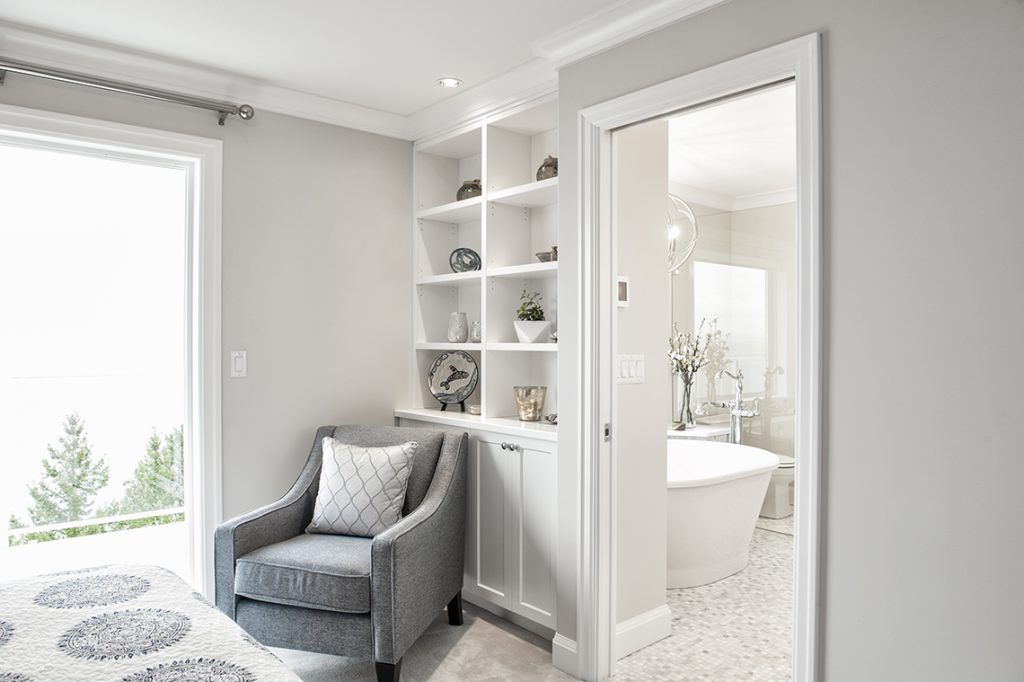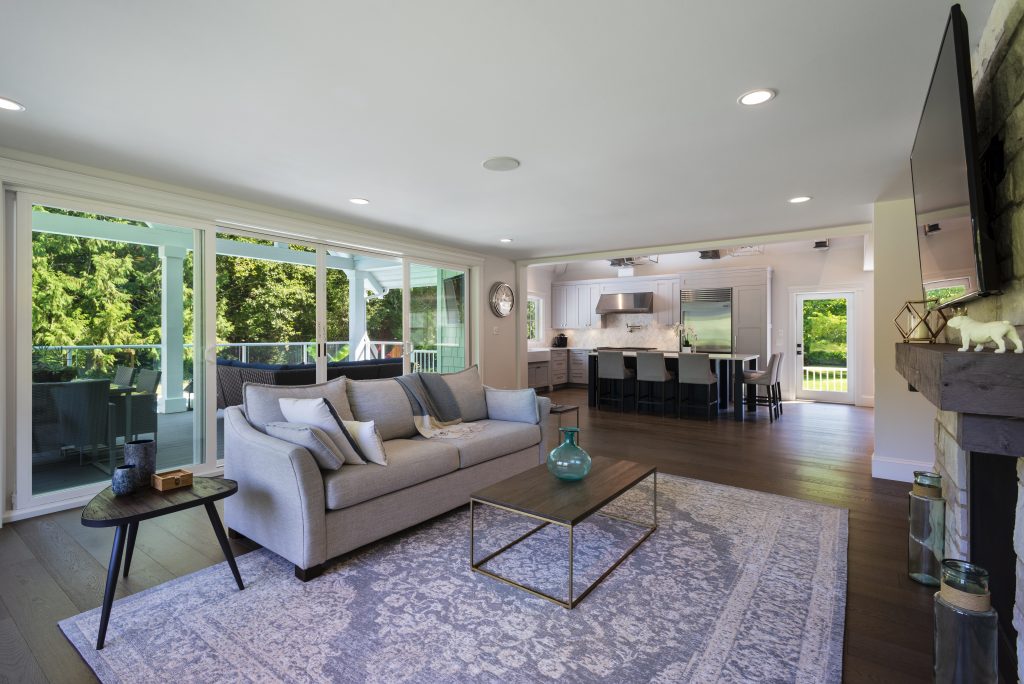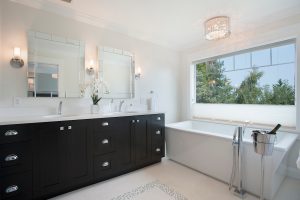How to Think Like an Interior Designer
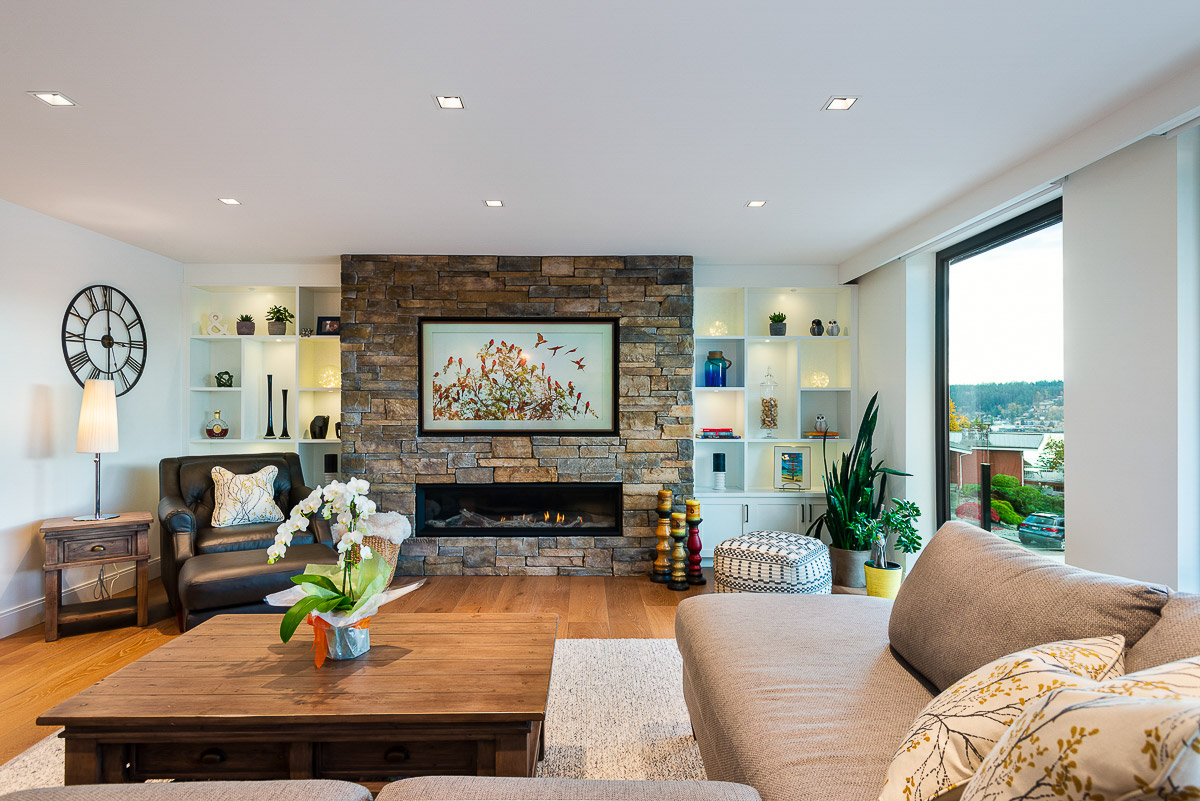
There are reasons why professionally designed spaces look so good, and we are going to share with you a few simple tricks that you can apply on your own to help your space appear to have had a little designer help ????
There are some choices that designers make, almost without even thinking of them, that probably wouldn’t even cross your mind! No judgement, it is what we are trained to do… some people have a flare for this kind of stuff, and some don’t… but we believe that bearing in mind these few rules of thumb, no matter your aptitude for interior design, you can make your space look a little more pulled together.
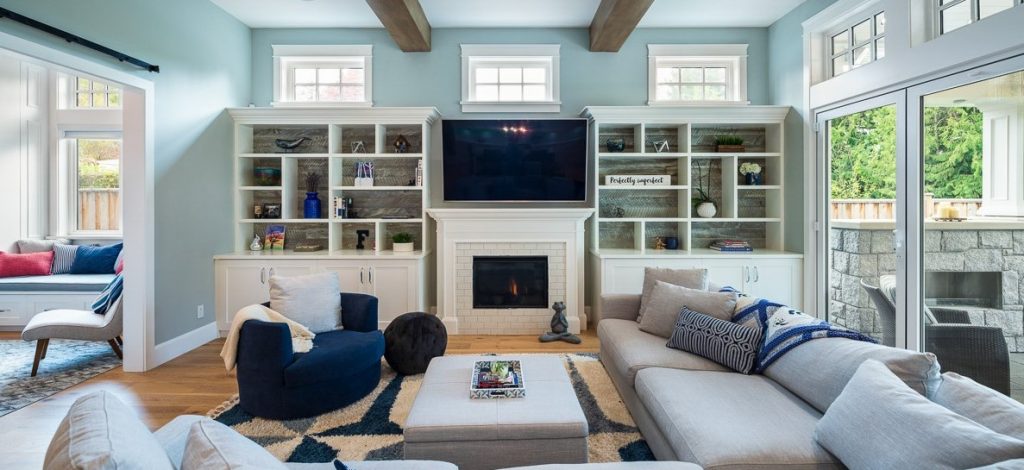
Choose complimentary combinations and practice variation
In Colour… not just the paint on your walls, colour combination includes everywhere that colour is present within your space; furniture, drapery, accessories, right down to tones of floors, millwork, and architectural details such as beams, mantles, window frames, and brick. These permanent aspects will often serve as the starting point, because unless you are planning to replace them, the colours you choose should play to them. Take your art and treasures into consideration, the tones and patterns within them are a great source of inspiration. The colours you add into the room can emphasize them, to make these things that you love really stand out.
If you have no parameters to work within, and are truly standing from a blank slate, look to things that you love to get started. If you love to visit the beach, you could take a photo of your favorite seaside spot and pull a few colours from the scene (blue of the water, gold of the sand, some subdued grassy tones, etc.) naturally occurring colours tend to complement each other. If you are just breaking into colour, visit a paint store, and collect a few swatches of tones that you like. You don’t necessarily have to paint your walls in these colours; these blocks of colour can be kept with you as you plan, and you can compare them to other items you are considering to find some great combinations. Paint is the easiest thing to change, and should serve as more of a backdrop to your overall design, rather than being the single thing that you use to add colour.
Basic colour theory states that a safe bet in combining colours is to choose those that fall next each other on a colour wheel, if you want to be bolder, you can choose those across from each other, this should help you to complement not clash. Choose a colour or two and pair them with complementary neutrals; often the neutrals will be the more substantial application within the room – walls, flooring, millwork – the main colour you choose applied as accent – single wall, featured tile, large furniture pieces, or drapery – and then accent colours added in as accessory and highlight – art, toss pillows, accessories.
One more pro tip: make sure that adjoining spaces that can be seen together are complementary too! Flow from room to room within a home is very important!
In Texture… Texture can be a game changer! Too much can overwhelm, too little can leave a space feeling lifeless. But here you want to exercise some designer savvy choices as well.
Texture is found everywhere, and is quite often derived from natural elements; wood, stone, glass, leather, fabric, etc. You want variation in the application of texture, just think if you had a space where everything was smooth or where everything was fuzzy, it could get a little overwhelming and give an uncomfortable vibe; too cold, too stark – too busy, too much!
Texture helps to make things feel good; smooth appears properly finished and easy to clean, soft and fuzzy feels good in the spaces we want to be cozy, get the drift? In application of decoration, textures can be varied to entertain the eye, without overwhelming it.
There can be a real art to working with texture, but you can do it! ???? Try to start small, choose a few items and place them together, what do you notice? Do they get lost in each other, does one make the other stand out, are they too similar, too different? Remove something and add something else – there is something intuitive about texture, as found in nature, play with it!
In Wood… Most people love wood, but there is such a thing as too much wood, there is also such a thing as the wrong wood within a certain palette. Just like when you choose colour, you need to have a grasp on the woods that will be within your space and how to combine them for the most aesthetically pleasing outcome. Many homes have wood floors, if you do, this is your starting point – because believe it or not, when it comes to wood it is not a matching game. If you have wood floors and you want to have wood furniture, or cabinetry, the best outcome will be found in a complementary contrasting application – typically light/dark and non-competing grain patterns. It is a great idea to look at images to see this in play, or if you are shopping for furniture take a sample piece of your flooring to compare next to pieces that you are considering to make sure it looks great together. If you are working with existing pieces, consider matching them with a stain, this way the overall tone is coordinated, and the different grains are downplayed. Wood is a treasured material and should be given opportunity to shine, if there are too many woods in play, the eye becomes overwhelmed and the beauty is lost. Treasure your wood selections and place them with pride.
-
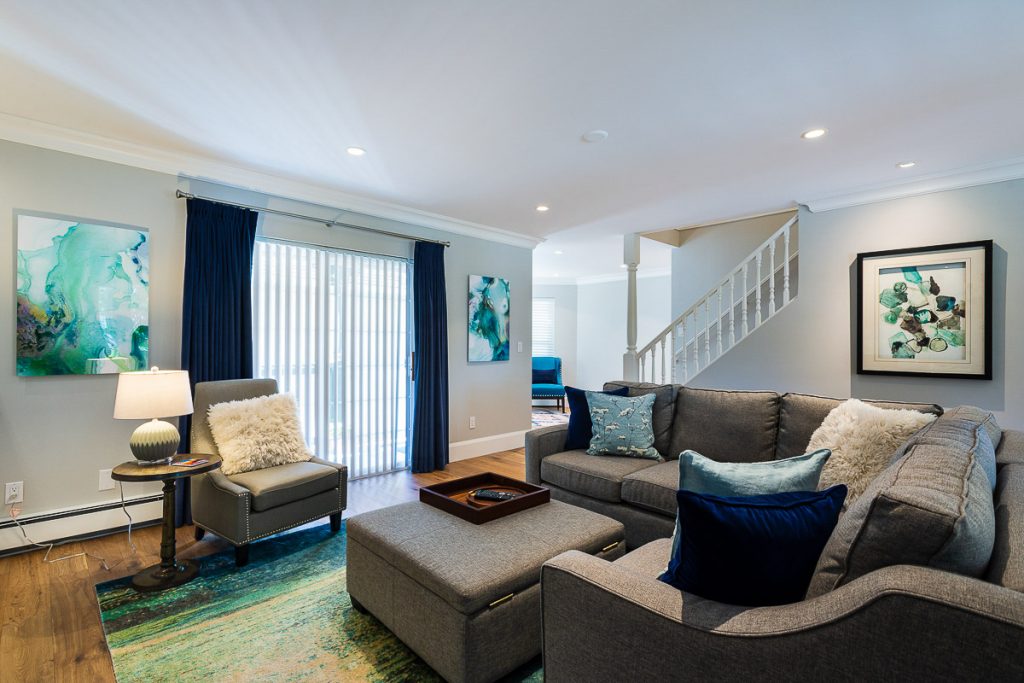
Colour -
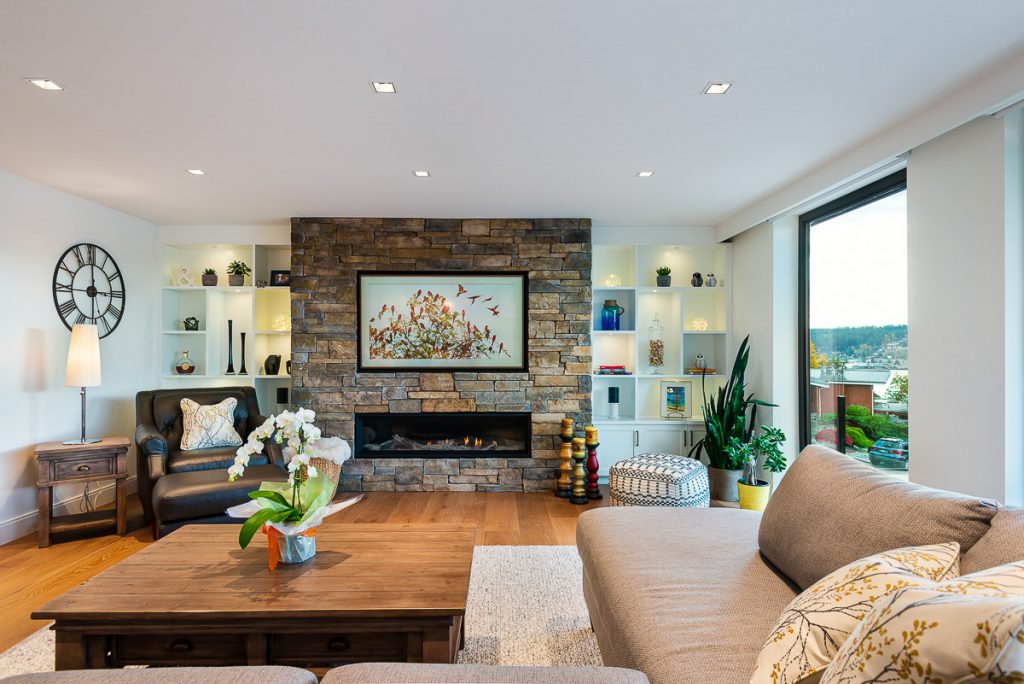
Texture -
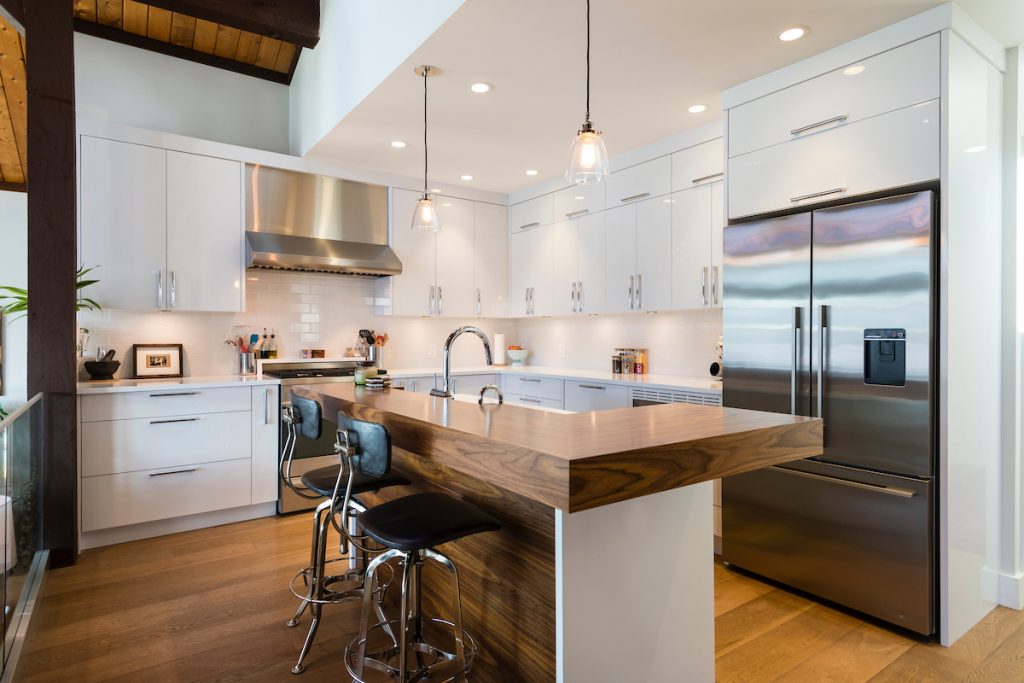
Wood
Match metal finishes on fixtures and hardware
Metals are a real opportunity for a space to exhibit its designer flare! Reason being that the right metals can elevate a space making it look rich and substantial, while the wrong metals can do just the opposite. General rule of thumb when selecting metal finishings is to match – if you choose chrome plumbing fixtures in your ensuite, you likely wouldn’t want brushed brass hardware, and vice-versa.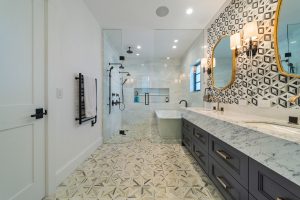
Choosing a single metal tone is generally safe, safer still to match the finish to polished, brushed, antiqued, etc. If you choose to mix finishes (very ‘on trend’ right now), leave some space between them so it appears planned and not an oversight, after thought, or that it was an available affordable inventory obligation. If you desire to mix metals, try adding in a coloured application, such as powder-coated black to offset polished brass. Before committing, place the pieces next to each other in a well-lit area, stand back, and see what you think.
Be sure to add some interest
Focal interest within a space can really make or break it when setting an impression and creating a home that you love to spend time in. I bet if you have guests that say they love your place, it’s likely because it grabs their attention, there is something interesting about it for them to see when they visit. 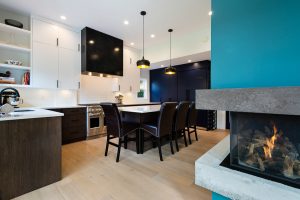 You don’t have to be a collector of great works of art to have intriguing elements in your home. There are some relatively simple choices you can make in design that will inspire and leave you holding the compliments.
You don’t have to be a collector of great works of art to have intriguing elements in your home. There are some relatively simple choices you can make in design that will inspire and leave you holding the compliments.
Try choosing unique shapes or patterns in tile – a standout backsplash or tub surround can make a substantial impact on a space without being a massive commitment. It also sets you up with a backdrop to practice some of the other techniques that we have covered. Patterns in rugs and fabrics, and trendy whimsical accessories, are other somewhat noncommittal option. You can make small bold statements through punches of colour with toss cushions or cookie cannisters or invest in a conversation starting upholstered chair. If you are just breaking your teeth on defining your style, these accessorizing options are a major learning opportunity and you are able to change them out without great expense as your taste changes or your style matures.
Design is art, it’s a statement of personality, and it is supposed to be fun and inspiring – These tips should help your space to become a bit more designer, while you do you!
Tags: colour, decor, interior design

